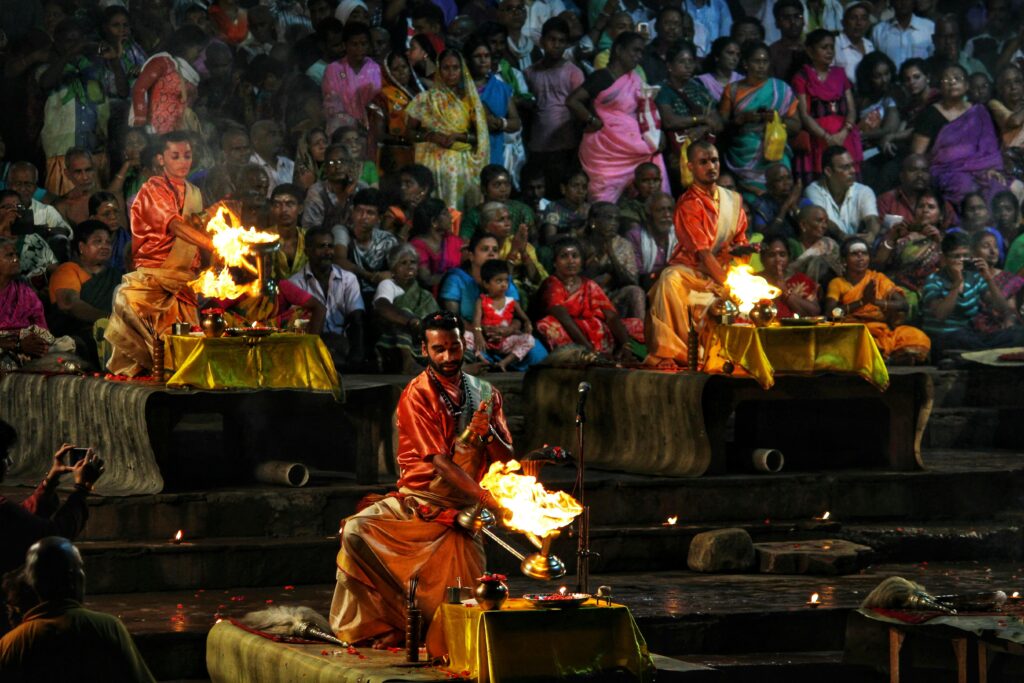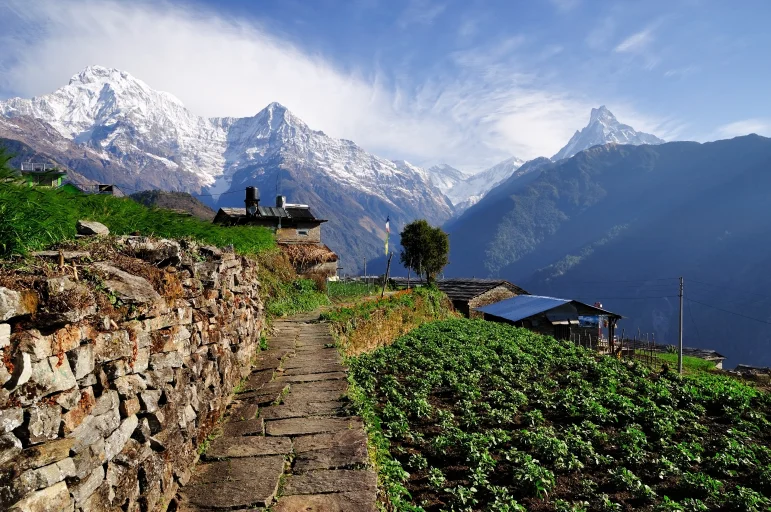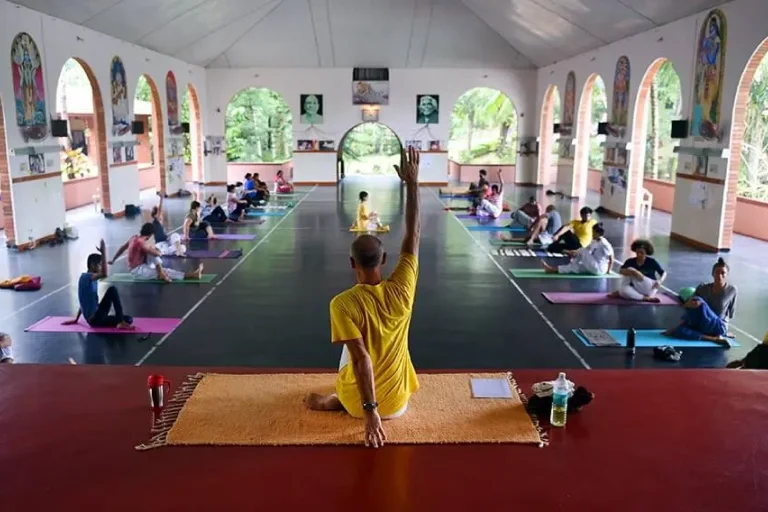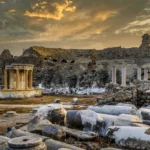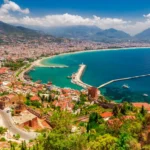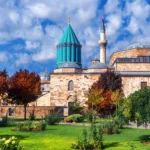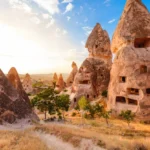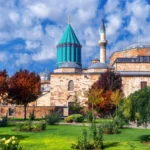
Fire Rituals in Varanasi
Varanasi, one of the oldest cities in the world, stands as a spiritual epicenter deeply intertwined with Hindu beliefs and practices. Nestled along the banks of the sacred Ganges River, this city attracts millions of pilgrims annually, drawn to its profound cultural heritage and spiritual significance. Among the myriad of rituals that occur here, fire rituals, or “yajnas,” hold a special place, symbolizing purity, divine connection, and the transformative power of fire. This article explores the significance, types, and experiences surrounding fire rituals in Varanasi, outlining their importance in the religious and social fabric of the city.
Historical Background
The tradition of fire rituals in India dates back to the Vedic period (approximately 1500-500 BCE), where fire was considered a sacred element representative of purity and the divine. Varanasi, with its long-standing history, has been a hub for these practices. The city’s association with Lord Shiva amplifies its spiritual essence, as Shiva is often linked with fire, symbolizing destruction and renewal. Throughout centuries, fire rituals have evolved, encompassing various forms and meanings in this sacred city.
Types of Fire Rituals
Fire rituals in Varanasi can be categorized into numerous types, each serving different purposes and performed by various groups of people. Below are some prominent forms of fire rituals found in Varanasi:
1. Aarti
Aarti is one of the most significant and widely practiced fire rituals in Varanasi. Every evening, as the sun sets, priests perform the Ganga Aarti at the Dashashwamedh Ghat, accompanied by chanting, music, and the offering of lighted lamps to the Ganges River. This ritual serves as a form of worship to Goddess Ganga and symbolizes gratitude. The flickering flames represent the removal of darkness and ignorance from the lives of devotees, evoking deep spiritual emotions.
2. Homa/Yajna
Homa or Yajna involves the offerings of various materials, including grains, ghee, and herbs, into a sacred fire, accompanied by Vedic chants. These ceremonies are performed for various purposes, from seeking blessings for health and prosperity to fulfilling specific desires and removing obstacles. In Varanasi, these rituals often occur in temples or as part of family celebrations, embodying community participation and spiritual engagement.
3. Shraddha Rituals
Fire plays a crucial role in Shraddha rites, which are conducted to honor deceased ancestors. In Varanasi, where the belief in moksha (liberation from the cycle of birth and death) is strong, performing Shraddha rituals near the Ganges is considered highly auspicious. Families commonly conduct these rituals, offering food and other items to the fire, symbolizing the passage of offerings to the ancestors. It reflects a deep connection between the living and the dead, showcasing the continuity of familial bonds through generations.
4. Funeral Pyres
Perhaps the most significant manifestation of fire in Varanasi is seen at the Manikarnika Ghat, one of the city’s primary cremation sites. Here, the fire ritual of cremation brings a person’s physical life to an end while simultaneously initiating their journey towards liberation. According to Hindu beliefs, being cremated in Varanasi and having one’s ashes scattered in the Ganges ensures moksha, freeing the soul from the cycle of rebirth. Witnessing this ritual, deeply rooted in the culture, inspires a profound introspection among spectators about life, death, and rebirth.
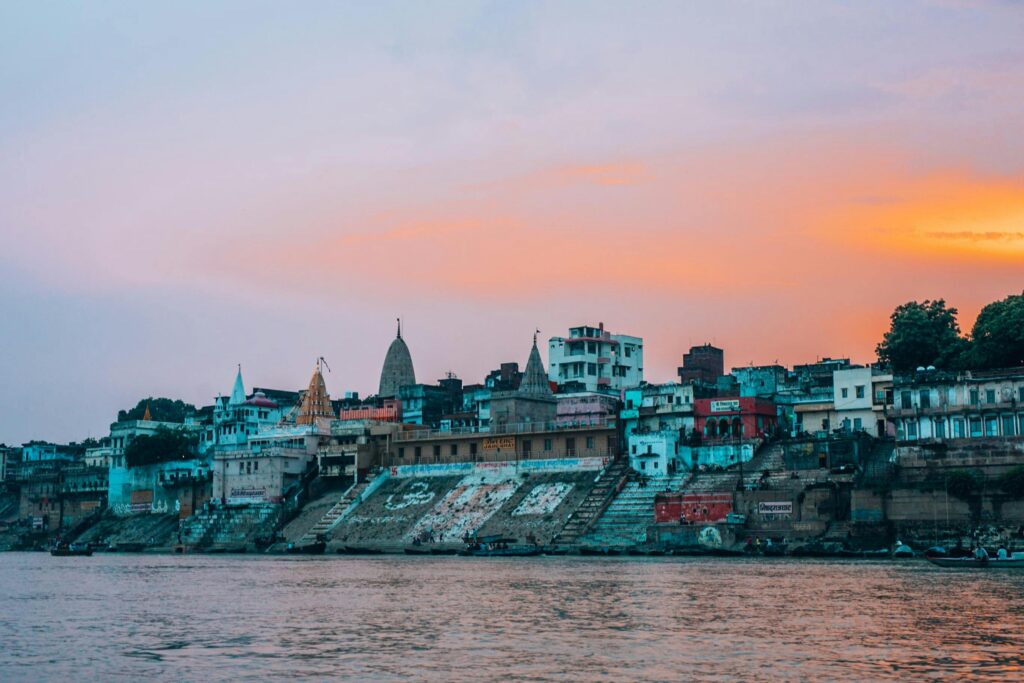
The Significance of Fire Rituals
Fire rituals in Varanasi symbolize more than mere religious practices; they represent profound philosophical concepts and social dynamics. Their significance can be observed in various dimensions:
1. Spiritual Connection
Fire rituals facilitate a direct connection between the worshiper and the divine. The act of offering to fire is seen as a medium for communication with deities, allowing individuals to express their devotion, seek blessings, and purify themselves. This spiritual engagement fosters a sense of belonging and connection to the larger cosmic order.
2. Cultural Identity
These rituals are vital components of Varanasi’s cultural identity. They bind the community through shared beliefs and practices, shaping the collective consciousness of its residents and visitors. The performance of rituals fosters a sense of continuity, preserving age-old traditions while inviting younger generations to participate, ensuring that the rich cultural heritage remains alive.
3. Socio-economic Impact
The popularity of fire rituals, particularly at ghats like Dashashwamedh, has substantial socio-economic implications for Varanasi. Tourism centered around these rituals contributes significantly to the local economy, supporting various businesses, from food vendors to handicraft artisans. Additionally, the rituals inspire social gatherings and interactions, fostering community spirit.
4. Environmental Considerations
The rituals are not without their environmental considerations. The large-scale burning of materials during rituals can pose challenges to local ecosystems. However, many practitioners are increasingly aware of ecological impacts, leading to initiatives aimed at balancing spiritual practices with environmental sustainability.
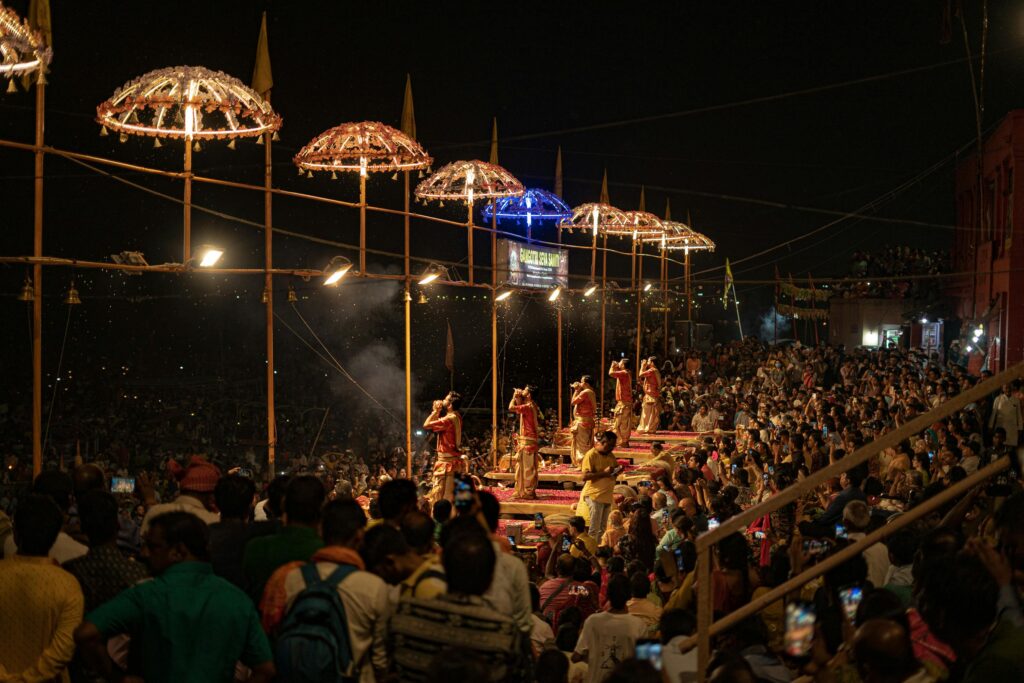
Experiences During Fire Rituals
Experiencing fire rituals in Varanasi transcends mere observation; it immerses one in a sensory journey that engages sight, sound, smell, and emotion. The glow of the flames illuminated against the night sky, the resonant hymns recited by priests, the fragrant incense wafting through the air, and the rhythmic clanging of bells form a captivating atmosphere that resonates within attendees.
1. Ganga Aarti Experience
Attending the Ganga Aarti at Dashashwamedh Ghat is a unique experience. Visitors are greeted by an exhilarating amalgamation of spirituality and festivity. The ghats brim with devotees, travelers, and priests, all united in worship. Many describe feelings of peace and transcendence, as the collective energy creates a profound sense of unity. The ritual concludes with vibrant fireworks illuminating the night sky, leaving spectators in awe.
2. Participatory Nature of Yajnas
Partaking in a Homa or Yajna allows individuals to engage actively in the spiritual process. Many visitors are invited to offer materials to the sacred fire, making them feel part of the community. This involvement fosters a sense of fulfillment and connection, often deepening their understanding and appreciation of Hindu traditions.
3. Reflecting at Funerals
Witnessing a funeral pyre at Manikarnika Ghat can be a moving and contemplative experience. Visitors often reflect on the cycle of life and death, prompting philosophical musings about their mortality and the transient nature of existence. For many, it is a reminder of the importance of living a meaningful life, aligned with spiritual values.
Challenges and Adaptations
Despite their significance, fire rituals in Varanasi face various challenges, particularly due to urbanization and modernization. The influx of tourists and local populations has altered the traditional practices, raising concerns about authenticity and the preservation of cultural essence.
1. Commercialization
The commercialization of fire rituals, especially Ganga Aarti, can detract from their spiritual purity. Some rituals risk becoming mere spectacles for tourists rather than genuine acts of devotion. Maintaining the delicate balance between honoring tradition and accommodating tourism presents a challenge for local authorities and spiritual leaders.
2. Environmental Concerns
With the rising pollution levels in the Ganges and the impact of burning practices, local communities are increasingly prioritizing sustainable practices. Initiatives encouraging biodegradable materials and reducing waste have emerged, indicating a shift towards environmental consciousness in spiritual practices.
Conclusion
Fire rituals in Varanasi embody the city’s rich cultural tapestry, connecting the past with present spiritual practices. They serve as a vital expression of faith, a medium for community bonding, and a source of profound personal reflection. As the city navigates the complexities of modernity, it faces the crucial task of preserving its sacred traditions while adapting to contemporary needs. The spiritual essence captured in fire rituals not only enriches the lives of its practitioners but also invites the world to partake in the timeless quest for meaning, connection, and transcendence. Through understanding and engaging with these rituals, one can appreciate the depth and vibrancy of Varanasi as a living testament to human spirituality
